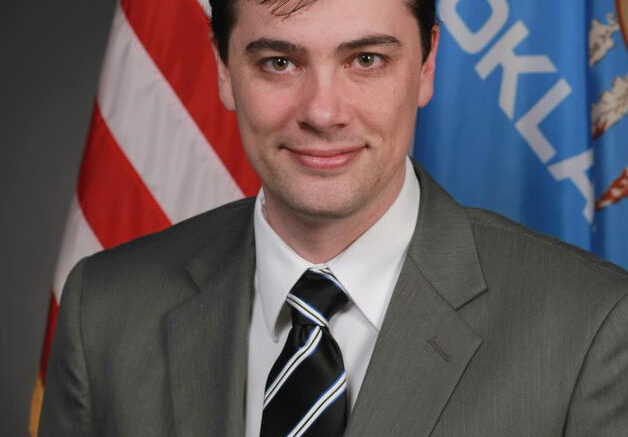Would you believe that the House Appropriations Committee approved the 2018 state budget without reading a single word of the bill?
Surely such an astounding statement would cause you to question the very sanity of the system the State of Oklahoma uses to conduct business.
And it should, but that’s exactly what happened.
As of Tuesday of the last week of session, the $6.9B 2018 appropriations bill had not been released to the public nor the members of the House Appropriations Committee.
As the day progressed, committee members prepared for a late night meeting, presumably to consider the 2018 appropriations bill.
These late night appropriations committee meetings had become commonplace as part of what I thought to be a tactic of short circuiting the already minimal transparency requirements. A bill approved in committee late at night can be heard by the House or Senate early the next day with only a few overnight hours for public purview.
There’s great risk to this strategy.
By rule, the committee is not allowed to work past midnight. This puts committee officials in a precarious position because they must count on the members of the committee to approve procedural motions to cut off questions and debate and force a final vote before midnight.
Late that night, the meeting commenced with the notable absence of the budget bill which had yet to be given to either the public or committee members.
At approximately 10:40 p.m., the committee wrapped up work on their agenda — with the exception of the budget bill.
The committee chairperson told committee members to go on break and explained that we were awaiting the arrival of two separate versions of the budget.
The chairperson explained that the two versions would be placed as amendments to two empty bills, House Bills 2040 and 2041.
Why two separate versions, you ask?
House officials wanted to put the committee on record as voting for both the actual budget bill and a second, fake budget bill that contained a teacher pay raise. I think all the committee members knew that the second budget bill was only a “show vote” that would not progress because it would never win approval in the Senate.
I don’t like this kind of tactic. I thought it was a play on the emotions of the teachers who would awaken the next morning to the news that a “teacher pay raise budget” had been approved by committee — without realizing this had been a meaningless show vote.
At 11:14 p.m., a draft of the budget bill hit our email boxes. Notably, this was a text-only, stand-alone draft.
In previous years, the budget has been accompanied by spreadsheets displaying the actual increases and decreases to the agencies, the funds that were being raided to supplement the budget’s ongoing expenses, the budgetary impact of tax and fee increases, a comparison to the previous year’s budget totals, and more.
These spreadsheets are not at all a comprehensive or even realistic tool for providing actual oversight of state spending, but they do provide a minimalistic and basic summarization of the appropriations process and its evolution from year to year.
This year, however, even this most basic oversight tool was not provided to committee members with the draft of the budget. Rather, they were given the text-only technical description that provided no meaningful visualisation of what the budget really looked like.
Worse, we only had about six minutes to look over this document because at approximately 11:20 p.m., the committee was called back to order.
Contrary to placing the budget draft as an amendment to House Bills 2400 and 2401 as stated by the chairperson, committee officials called up Senate Bill 860 that (unbeknownst to many committee members) had just been posted to the committee docket at 11:19 p.m.
They then provided time for just a few questions before cutting off debate and forcing two votes: a vote on Senate Bill 860, which had now suddenly evolved into the actual budget bill; and a vote on House Bill 2400, the meaningless show vote.
They then adjourned the committee — at 11:59 p.m.
And just like that — in the 40 minutes of budget consideration, committee members appear to have completely missed a key detail: the text-only draft budget emailed to members at 11:14 p.m. appears to have been the draft of the meaningless House Bill 2400.
The committee had not received the draft of amendment to the actual budget bill, Senate Bill 860.
When the House Appropriations Committee voted for this year’s budget, they did so without having ever seen the actual bill.
More next week.




Be the first to comment on "Rep. Murphey: How the 6.9 billion dollar budget bill was approved without anyone seeing it"